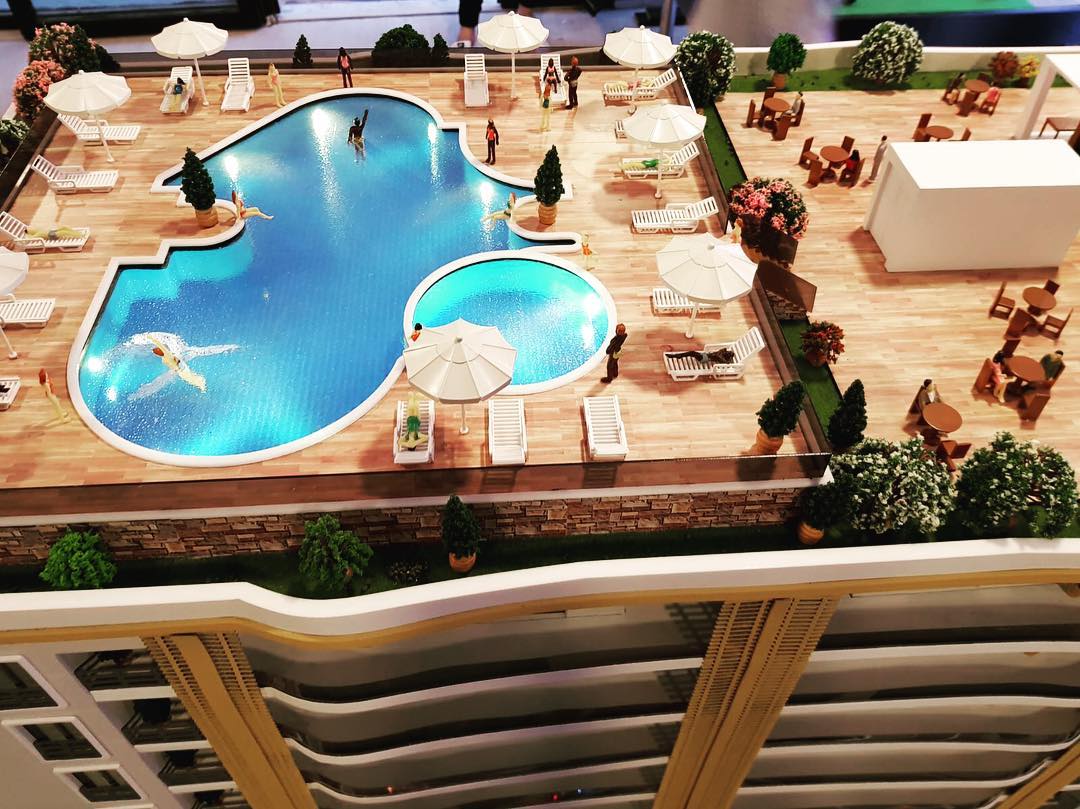Trees and Vegetation in Architectural Models
Trees are among the elements and accessories that are highly useful in making a model look vibrant and natural. Architectural models often incorporate a lot of vegetation, such as grass, trees, and flowers, to create an atmosphere within the model. With their lively green color, they infuse the model with a sense of life.
Where are trees found in models?
Trees are essential for crafting a garden, a village, or a farm in any type of model. They can be found in models of railways, cities, and landscapes to simulate vegetative life on the terrain. The presence of trees emphasizes the active life within an area and contributes to the well-being of the inhabitants who utilize that space.
How do we create trees in models?
A miniature tree can be crafted using a 3D printer or by hand-cutting a dry twig. We use light green tree leaves and shape them to attach to the trimmed twig. However, a homemade miniature tree might not endure for long and can lose its natural color within a few weeks.
Using Miniature Trees
We position trees within the surroundings of an architectural creation. They serve as fillers in the environment of an architectural project. Trees are very useful for creating a backdrop: Model builders use trees to simulate a realistic landscape. It's worth noting that trees cast shadows from a light source. They can even be placed on the balconies or terraces of large buildings.
Furthermore, we utilize trees to shape biomes, mountains, and terrains in topographical models.





